The Viking Age spanned from the late 8th century to the mid-11th century. They sailed across the seas, raiding and settling in new lands, leaving their mark on history.
But what many people don’t know is that the Vikings were not the only ones sailing the seas during this time. There were also the Celtic Vikings, or the Gaels who sailed with the Norsemen.
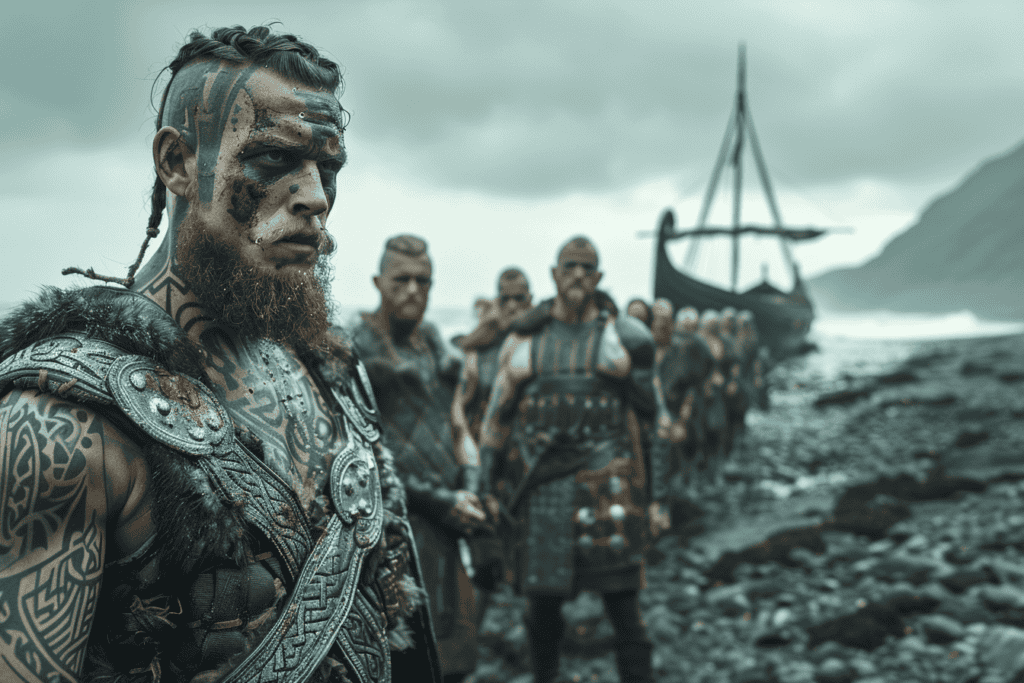
The Gaels were a Celtic people who inhabited Ireland and Scotland during the Viking Age. They were skilled sailors and warriors, and many of them joined forces with the Vikings in their expeditions. The Norse-Gaels, as they were called, emerged as a powerful group blending Viking and Gaelic cultures across Scotland and Ireland, leaving a lasting legacy on the regions’ histories. The Norse-Gaels intermarried with the native Irish and Scottish people, creating a unique fusion of cultures that can still be seen today in the language, customs, and traditions of these regions.
The Emergence of the Norse-Gaels

The Norse-Gaels were a unique group of people who emerged in the 9th century as a result of the cultural exchange between the Vikings and the native Gaelic populations in Ireland and Scotland.
The term Norse-Gaels is used to describe the people who were of mixed Norse and Gaelic ancestry. These people were also known as Hiberno-Norse or foreign Gaels.
The Norse-Gaels were primarily concentrated in the Kingdom of the Isles, which was a political entity that spanned the Hebrides, Isle of Man, and parts of Scotland and Ireland.
The Norse-Gaels played a significant role in the history of the regions, leaving a lasting legacy on the cultures and traditions of the Celtic people.
Gaelic and Norse Cultural Exchange
The emergence of the Norse-Gaels was the result of the cultural exchange between the Gaelic and Norse populations. The Vikings initially arrived in Ireland and Scotland in the 8th century, and they established settlements throughout the regions. Over time, the Vikings began to intermarry with the native Gaelic populations, which led to the emergence of the Norse-Gaels.
The cultural exchange between the Gaelic and Norse populations was significant, and it had a profound impact on the development of the Norse-Gaels. The Norse-Gaels adopted many aspects of Gaelic culture, including language, religion, and social customs. At the same time, the Norse-Gaels introduced many aspects of Norse culture to the Gaelic populations, including shipbuilding, seafaring, and military tactics.
Key Historical Events
The emergence of the Norse-Gaels coincided with several key historical events in the regions. One of the most significant events was the establishment of the Kingdom of Dublin by the Norse-Gaels in the 9th century. The Kingdom of Dublin was a political entity that was ruled by Norse-Gaels, and it played a significant role in the political and economic development of the regions.
Another key historical event was the establishment of the Kingdom of the Isles by the Norse-Gaels in the 12th century. The Kingdom of the Isles was a political entity that spanned the Hebrides, Isle of Man, and parts of Scotland and Ireland. The Kingdom of the Isles was a powerful political entity, and it played a significant role in the political and economic development of the regions.
Intermarriage and Clan Formation
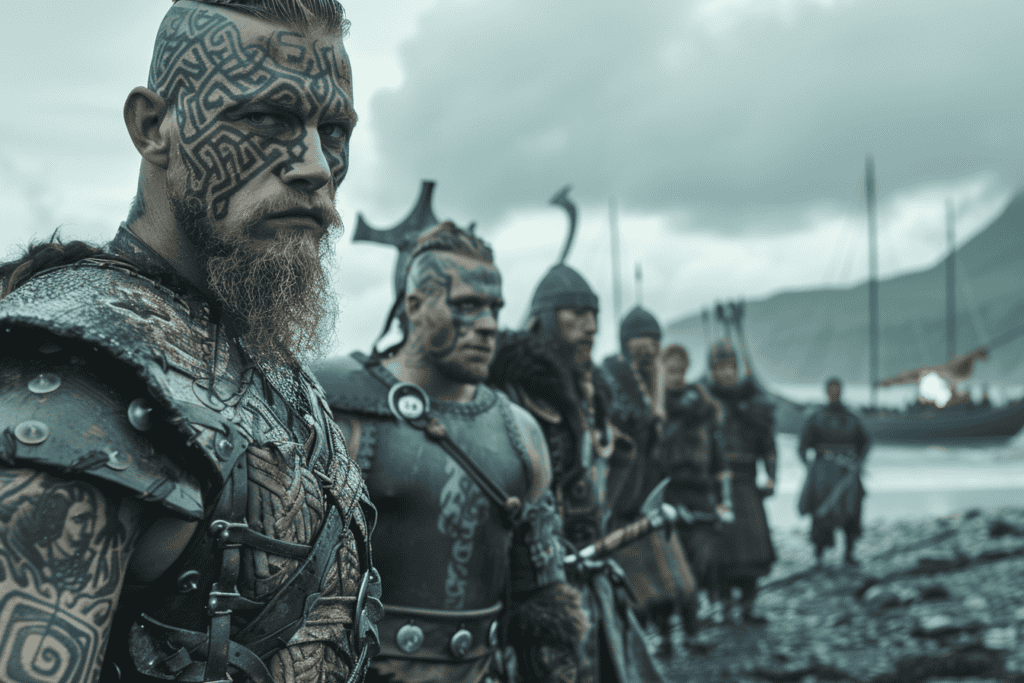
The integration of the Norse-Gaels with the native Gaelic populations was a gradual process that occurred over several centuries. Intermarriage between the two groups played a significant role in this process.
As Norse-Gaels settled in Scotland and Ireland, they began to form alliances with local Gaelic lords and chieftains. These alliances often involved intermarriage between the two groups, which led to the formation of new clans.
These clans were often a blend of Norse and Gaelic cultures and traditions. They adopted the language, customs, and beliefs of both groups, creating a unique hybrid culture.
This blending of cultures was not always peaceful, however, as there were often conflicts between the Norse-Gaels and the native Gaelic populations.
Influence on Language and Surnames
The Norse-Gaels brought their own language, Old Norse, to Scotland and Ireland. Over time, this language began to merge with the Gaelic language spoken by the native populations. This resulted in a new language, Gaelicised Old Norse, which was a blend of Old Norse and Gaelic.
The Norse-Gaels also brought with them their own naming traditions, which included the use of patronymic surnames.
These surnames were based on the father’s name and were used to identify individuals within a clan. Over time, these surnames began to merge with the Gaelic naming traditions, resulting in a unique blend of Norse and Gaelic surnames.
Political Power and Kingdoms
The Norse-Gaels played a significant role in the political landscape of Scotland and Ireland. They established their own kingdoms and lordships, such as the Kingdom of Dublin and the Lords of the Isles.
These kingdoms were often a blend of Norse and Gaelic cultures and traditions, reflecting the integration of the two groups.
The Uí Ímair, a dynasty of Norse-Gaels, also played a significant role in the political history of Ireland.
They established themselves as kings of Dublin and later expanded their power to other parts of the country. The Uí Ímair were known for their military prowess and their ability to form alliances with local Gaelic lords and chieftains.
Trade, Raiding, and Settlement
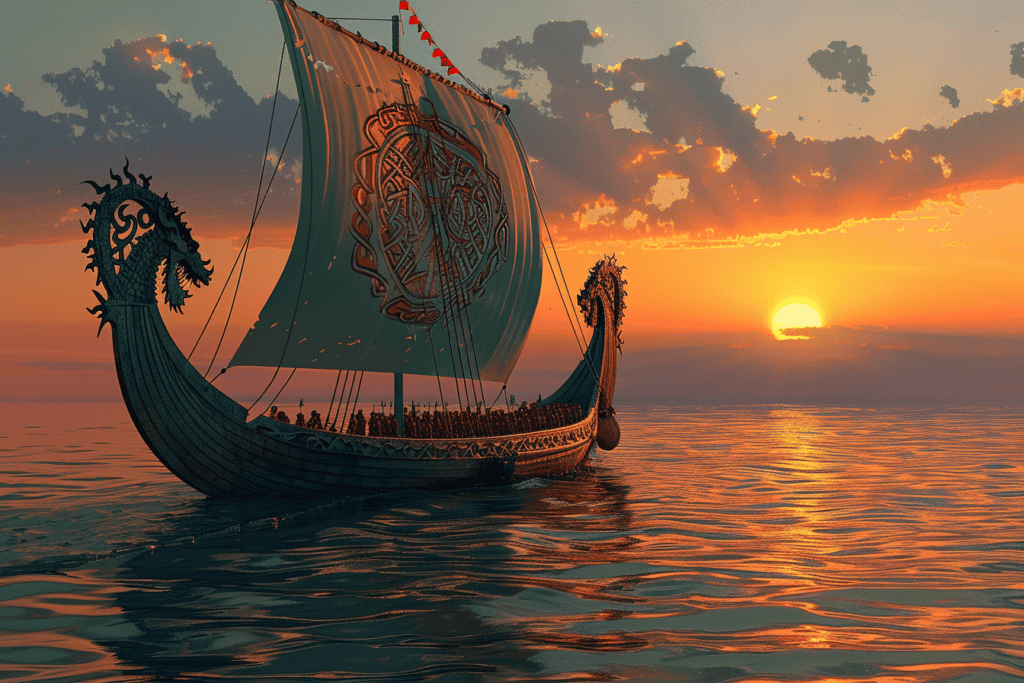
The Vikings were known for their raids on the coasts of Ireland and Scotland. They were skilled warriors and their raids were often brutal, targeting monasteries and other vulnerable communities.
The Gaelic people were not defenseless, however, and they fought back against the Vikings with their own military tactics.
The Birlinn, a type of boat used by the Gaels, was particularly effective in naval warfare. Despite the violence, there were also instances of peaceful trade between the two cultures.
As the Vikings expanded their territory, they established settlements in Ireland, Scotland, and other areas. Dublin, Waterford, Limerick, and Cork were all founded by the Vikings and became important centers of trade.
The Norse also settled in the Isle of Man, the Hebrides, and Iceland. These settlements had a significant impact on the local cultures, influencing everything from language to architecture.
Economic and Maritime Influence
The Vikings were not just raiders and conquerors, but also traders and fishermen. They established trade routes across the Irish Sea and beyond, and their maritime expertise allowed them to dominate the seas.
The Viking influence on the economy of Ireland and Scotland cannot be overstated, as they brought new goods and ideas to the region. Fishing was also an important industry for the Norse, and they introduced new techniques and technologies to the local populations.
Cultural Legacy and Modern Connections
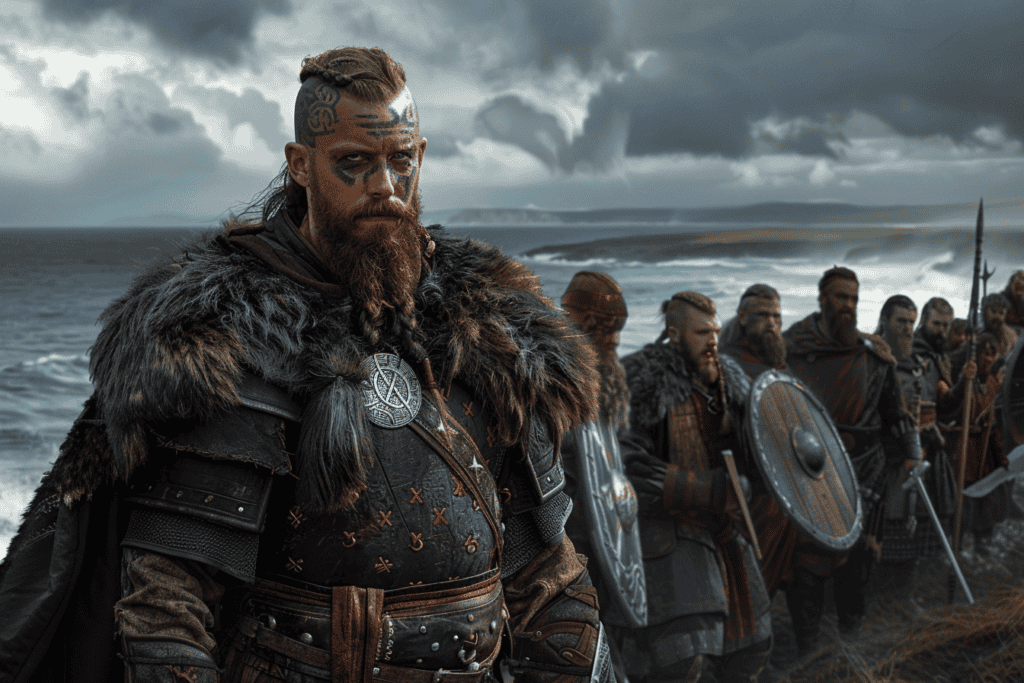
The cultural legacy of the Celtic Vikings, also known as the Norse-Gaels, continues to influence the modern identities of Scotland and Ireland.
The fusion of Gaelic and Norse cultures resulted in a unique blend of traditions, language, and customs that continue to shape the regions today.
The Norse-Gaels were known for their seafaring abilities and their migration across Scotland and Ireland.
As a result, many modern-day Scots and Irish can trace their ancestry back to the Norse-Gaels. The cultural heritage of the Norse-Gaels is still celebrated today through festivals, music, and art.
Preservation of Gaelic-Norse Traditions
The preservation of Gaelic-Norse traditions is an important aspect of the cultural legacy of the Norse-Gaels. Historians, cultural organizations, and clans such as Clan Donald, Clan MacDougall, and Clan MacLeod, work to preserve and promote the traditions and language of the Norse-Gaels.
The Gaelic language, which was spoken by both the Norse-Gaels and the native Gaelic populations, continues to be spoken in Scotland and Ireland.
Efforts to preserve and promote the Gaelic language have been successful in recent years. There is increased government funding and support for Gaelic education.
Christianity also played a significant role in the cultural legacy of the Norse-Gaels. The Norse-Gaels were known for their conversion to Christianity, which helped to bridge the gap between the Gaelic and Norse cultures. Today, Christianity continues to be an important part of the cultural identity of Scotland and Ireland.

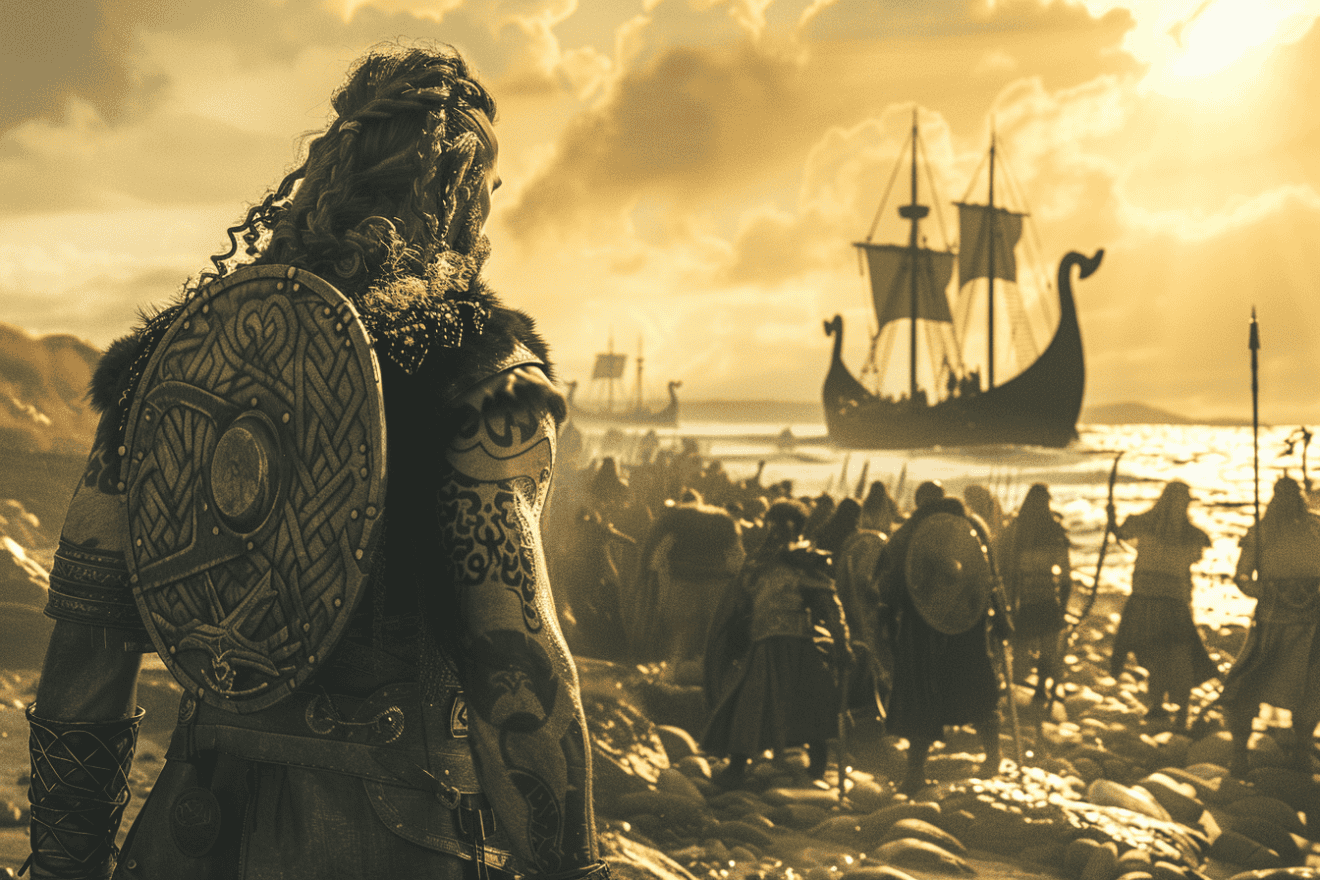
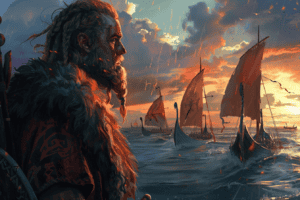
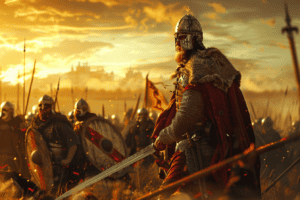
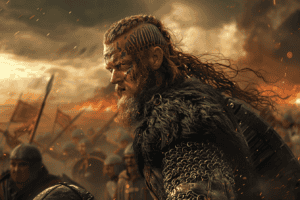





Add Comment